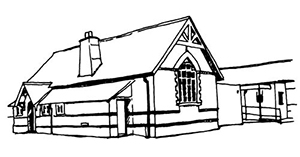Talk for Writing & StoryTelling School
We embraced Talk for Writing fully in 2012 and we are now fully immersed in the process.
We are also a Storytelling School and this approach, together with that of Talk for Writing, enables our children to build vocabulary, sentence patterns and an understanding of how language works.
The process of learning a text or story followed by innovation through shared writing has revolutionised our teaching and has transformed writing throughout the school.
We have generic policies across the entire school for aspects that include:
• marking writing;
• kinaesthetic punctuation;
• signs and symbols for conjunctions;
• specific colours to represent word types.
This enables ease of transition between classes, and planning for progression using differentiated model texts ensures appropriate differentiation.
We also have a generic story and non-fiction text type per term for continuity and progression. Children develop a common understanding of the story/text type enabling writing to be shared across the school and staff can share ideas and plan effectively for the needs of their children.
EYFS children follow a similar approach using different stories.
Another key aspect of our Talk for Writing classrooms is the use of 'Washing Lines' where we display all the toolkits, shared writing, analysed model texts, writing plans and other resources for children to absorb as they develop their writing.
In addition, we work with an artist on a termly basis who, with the children's input, creates images linked to the story which the children can then focus on as a stimulus for their writing.


